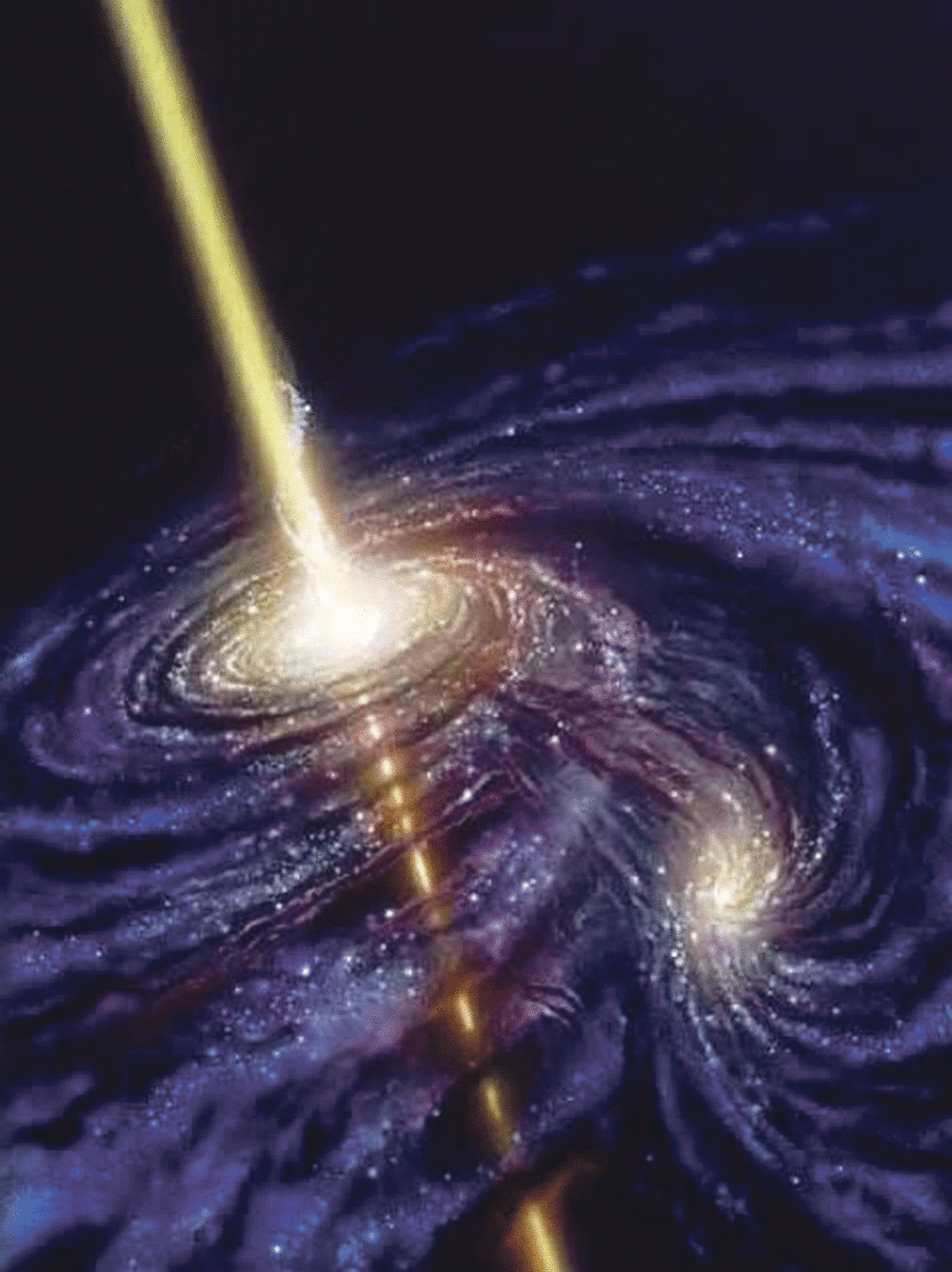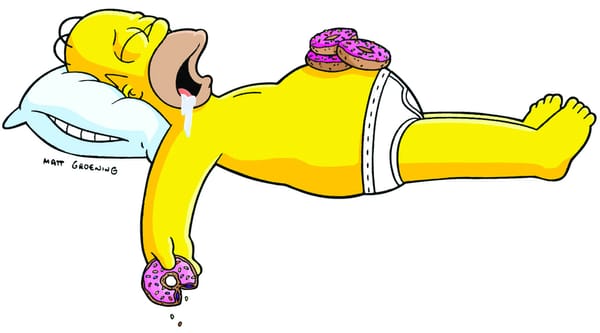Black holes: cosmic creators
New insights into mysterious black holes

In the 1930s, soon after Einstein came up with his equations on general relativity, Karl Schwarzchild developed a solution that predicted what became known as a black hole. Essentially a mass compressed into such a small volume that its gravitational pull is literally irresistible; not even light is fast enough to escape. But then you already knew that.
Since then, black holes have been thought to exist at the centre of just about every galaxy and acts as a cosmic plug hole, pulling matter in and cutting it off from the rest of the world. Small wonder then that they have such a reputation as destroyers of stars and planets. However, one international team of astronomers is studying an opposing side effect – black holes may help stars to form.
Stanislav Shabala of the University of Tasmania, Mark Crockett of University of Oxford and Sugata Kaviraj of Imperial College led a team to investigate this phenomenon within the nearby Centaurus A galaxy (a cool 15 million light years away). Their results were published in Monthly Notices of the Royal Astronomical Society.
Since most black holes are not static but spinning, they can distort the space around them into spiral patterns. This means that the stars and stellar dust around the black hole are constantly in motion, being compressed, stretched, rapidly heated and quickly cooled. When enough of this dust comes together in a small enough area, gravity acts and clusters form, eventually growing into the bright stars of the sky.
Using one of the Hubble Space Telescope’s cameras, Wide Field Camera 3, the astronomical team studied what is known in the business as NGC 5128, more easily recognised as the Centaurus A galaxy, near (in an astronomical sense) the Centaurus constellation. Scientists observed a belt of dust running across the galaxy in the visible light spectrum. But inspecting the ultraviolet and X-ray frequencies, they saw that the belt extends almost a million light years from the black hole in the centre. Analysis of this data provided the astronomers with an exceptionally accurate map of the history of the stars forming in this area.
It appears that the distance from the black hole and the age of the stars has a correlation; the stars at the very extremes of the cosmic outflow are younger, increasing in age as you get closer to the black hole. This supports the theory that the denser regions of dust near the black hole are able to compress into stars, forming at earlier times.
So why do astronomers look up into the sky and take pictures of the stars? Well, one of the largest areas of research in 21st century physics focuses on the conditions of the early universe and what was going on then that led up to what we see today. As Dr Shabala comments, “This enhancement of star formation by outflows would have been even more important in a younger universe, where dense clumps of gas were much more common. Our study highlights the need to consider the role of ‘positive’ feedback from outflows in our current paradigm of galaxy formation. It adds an exciting new piece to a great puzzle – that of understanding how galaxies came to be the way they are today.”








